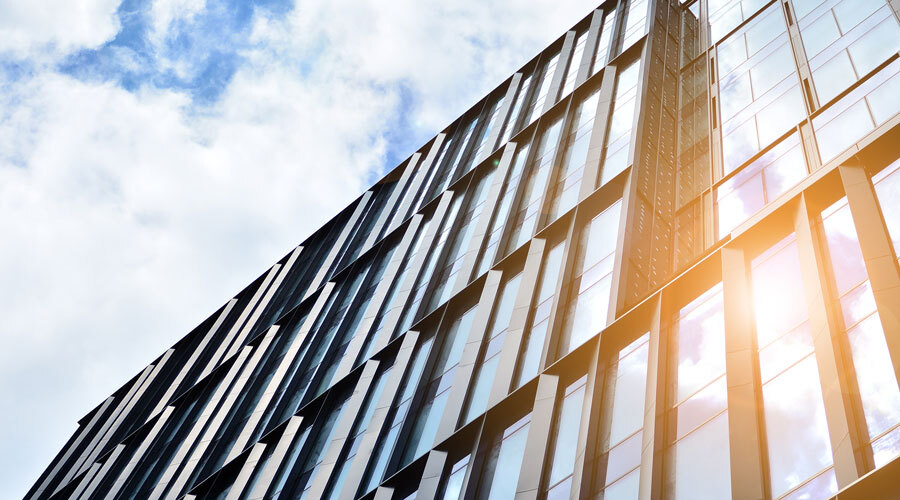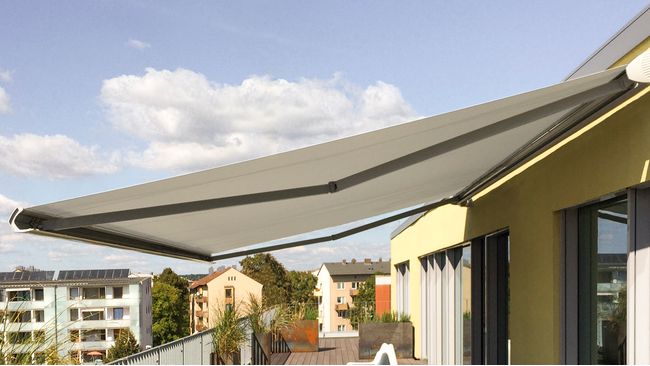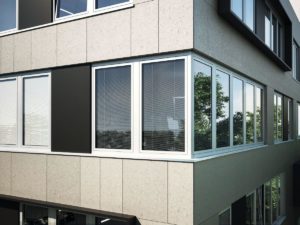Integrated sun protection defies environmental influences
Summertime. The sun is shining. When the blinds are lowered and the lights are switched on, it seems only logical to do so. Otherwise it gets too warm inside and you are blinded by the sun. Yet, from an ecological and economic standpoint it does not really make sense. Artificial lighting is used, rather than natural daylight, which thus increases electricity consumption and radiates additional heat.





